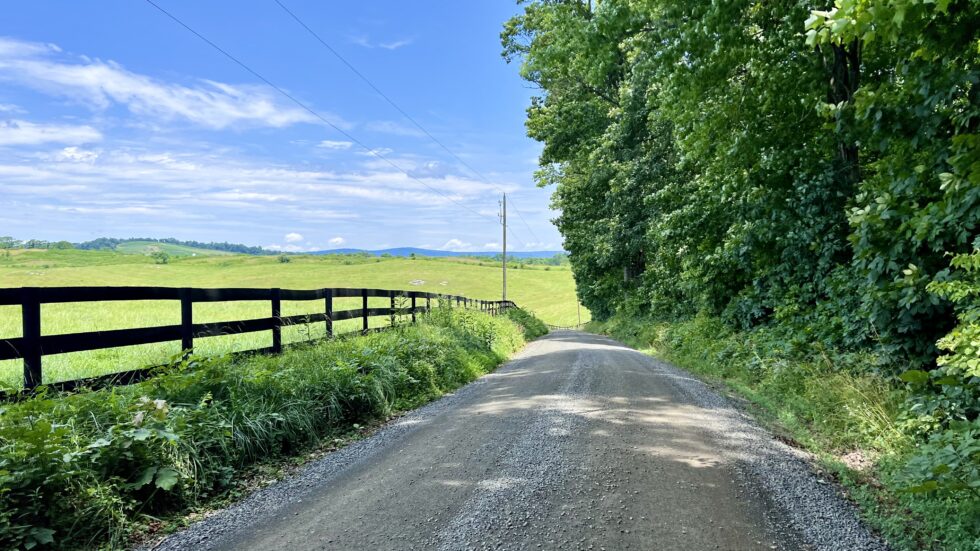Bikepacking Essentials
A Comprehensive Guide to Lightweight, Long-Distance Cycling
Introduction: The Art of Bikepacking
Bikepacking is more than just a method of travel—it’s a transformative approach to cycling that blends adventure, minimalism, and personal exploration. Unlike traditional bicycle touring, bikepacking represents a revolutionary way of experiencing the world on two wheels, stripping away the unnecessary and focusing on the pure essence of journey and discovery.
Historical Roots of Bikepacking
The Evolution of Bicycle Exploration
The story of bikepacking traces back to the earliest days of cycling, when adventurers first realized the bicycle’s potential as a tool for exploration. In the late 19th century, bicycle touring emerged as a radical new form of travel. Early pioneers like Thomas Stevens, who completed the first bicycle crossing of the United States in 1884, laid the groundwork for modern adventure cycling.
From Touring to Bikepacking
Traditional bicycle touring, characterized by heavy panniers and structured routes, gradually evolved. Mountain bike development in the 1980s introduced more rugged, versatile cycling. By the early 2000s, a new breed of cyclists began experimenting with lightweight, off-road touring techniques—the birth of modern bikepacking.
Essential Gear & Equipment
Bicycle Selection
Choose a bike that balances durability, comfort, and efficiency:
- Gravel bikes for faster mixed-terrain routes
- Hardtail mountain bikes for technical trails
- Plus-sized tires (2.6-3.0″) for comfort on rough terrain
Packing Systems
Modern, lightweight bikepacking bags include:
- Frame bags: Utilize main triangle space
- Handlebar rolls: Perfect for sleeping gear
- Seatpost bags: Ideal for clothing and lighter items
- Accessory/top tube bags: For snacks and valuables
Essential Tools & Spares
Repair Essentials
- Multi-tool with chain breaker
- Tubeless repair kit or spare tube
- Compact pump or CO2 system
- Quick links for chain repair
Safety Equipment
- Reliable lighting system
- First aid supplies
- Emergency communication device
- Reflective elements
Strategic Route Planning
Digital Navigation Tools
Modern bikepackers rely on sophisticated navigation systems:
- GPS devices designed for cycling
- Smartphone apps with offline mapping capabilities
- Route planning platforms (Komoot, RideWithGPS)
- Backup battery solutions for extended trips
Resupply Strategy
Careful planning for food, water, and supplies:
- Map all potential water sources along your route
- Research resupply points (stores, towns, restaurants)
- Calculate daily caloric needs and plan accordingly
- Consider mail drops for remote sections
Physical Preparation
Training Considerations
Preparing your body for extended days in the saddle requires specific training approaches:
- Build base endurance with progressively longer rides
- Include loaded training sessions with full bikepacking setup
- Practice consecutive days of riding to simulate tour conditions
- Incorporate core and upper body strength training to reduce fatigue
Nutrition Strategy
Proper fueling makes or breaks a bikepacking adventure:
- Focus on calorie-dense, lightweight foods
- Plan for 3,000-5,000+ calories per day depending on terrain
- Balance quick-energy carbohydrates with sustained fats and proteins
- Test all nutrition strategies before your journey
Community & Resources
Online Communities
Connect with experienced bikepackers through forums, social media groups, and dedicated platforms where route information, gear reviews, and inspiration are freely shared.
Events & Organizations
Participate in organized bikepacking events, races, and group rides to build experience and connections. Organizations like the Bikepacking Collective offer resources and advocacy for the growing community.
Begin Your Journey
Bikepacking offers a unique blend of adventure, self-sufficiency, and connection with the natural world. With the right preparation, equipment, and mindset, you’ll discover landscapes and experiences inaccessible to conventional travelers. The journey of a thousand miles begins with a single pedal stroke.



